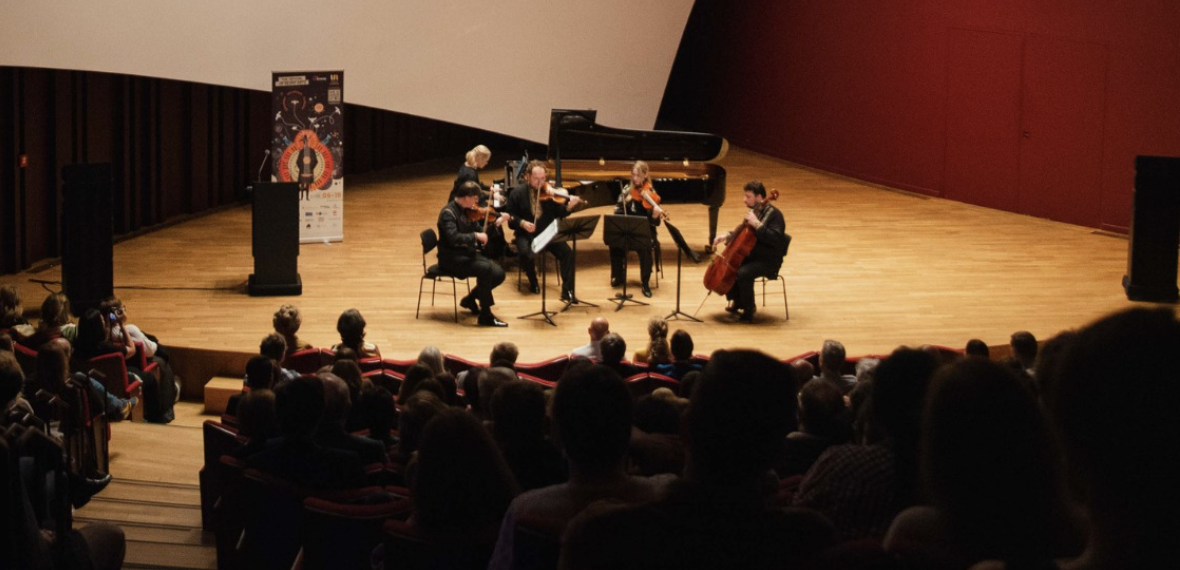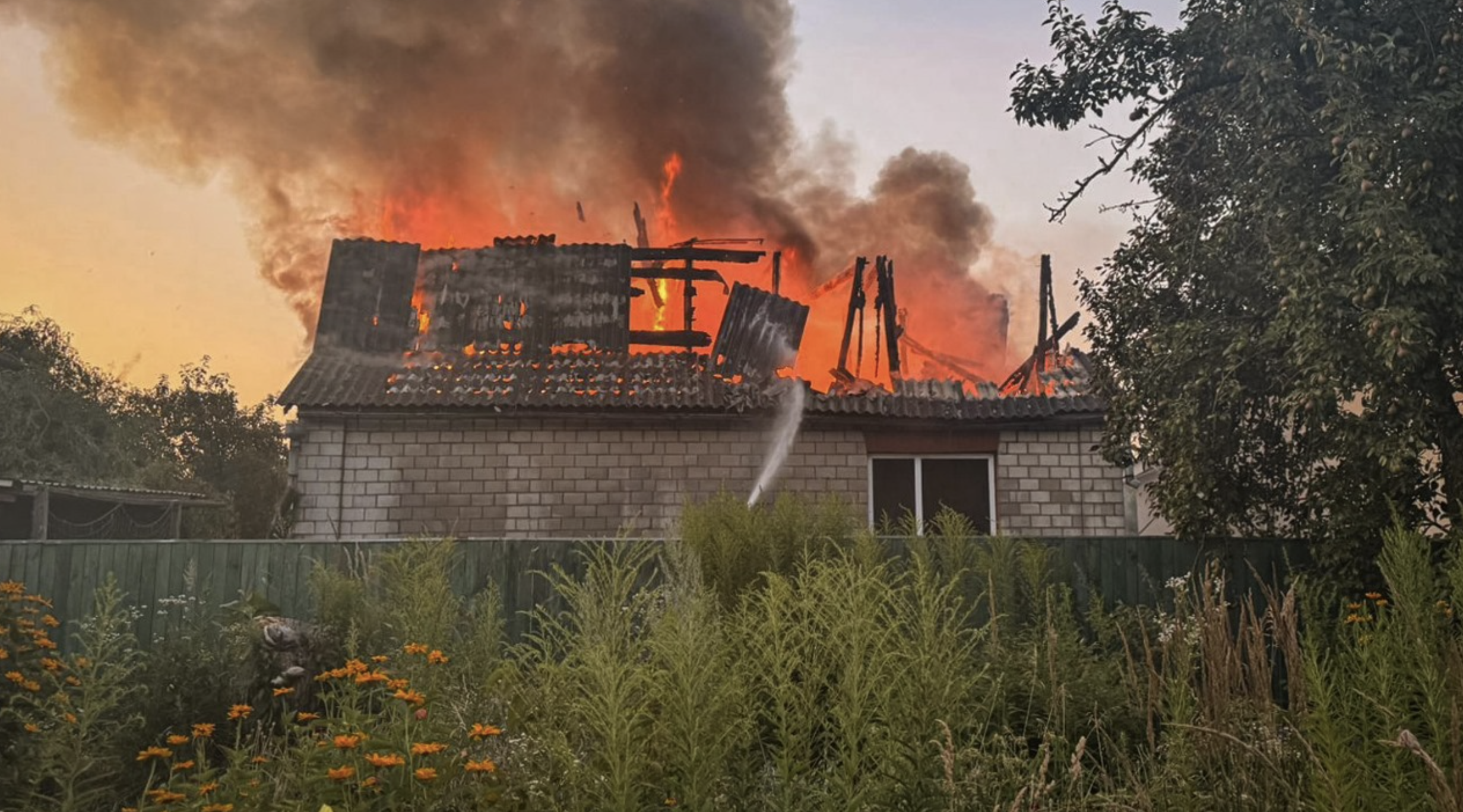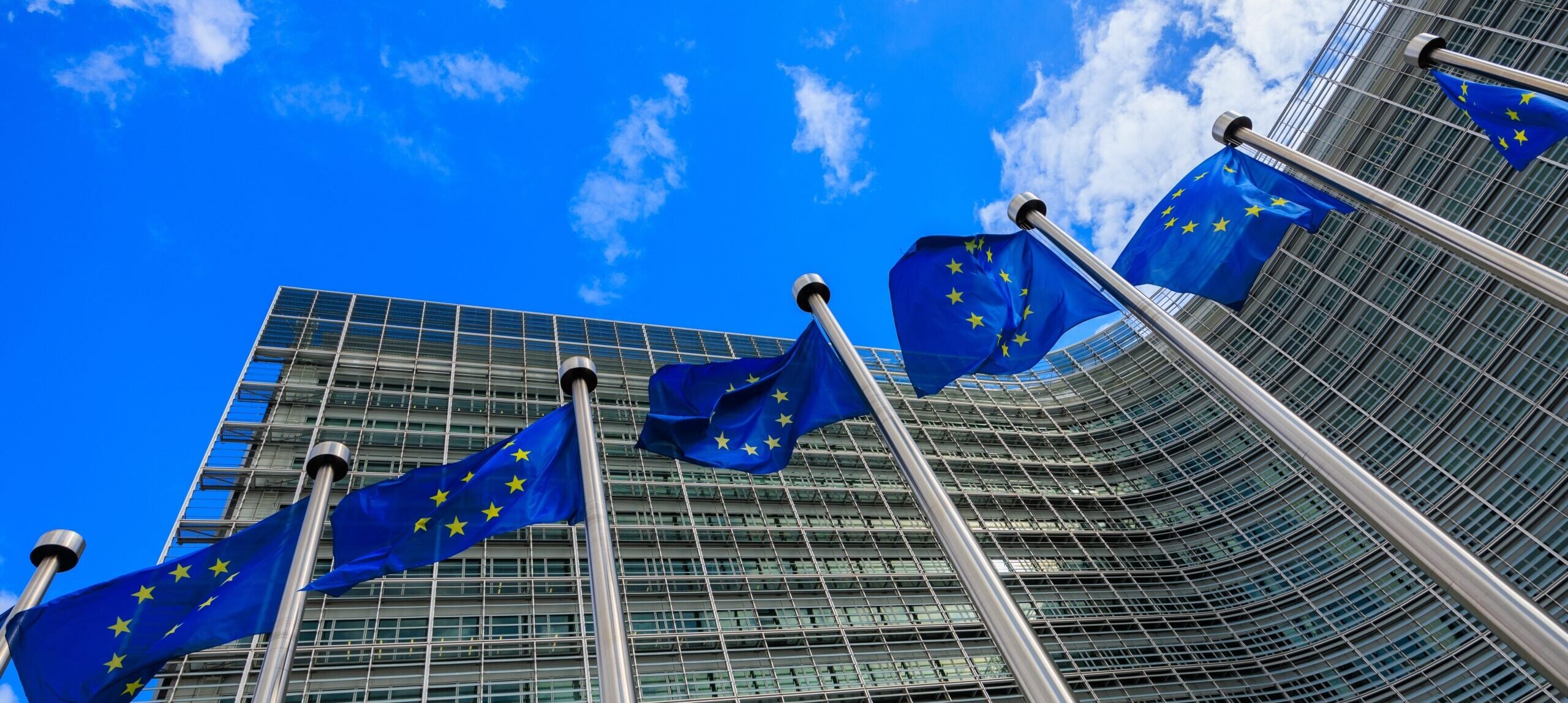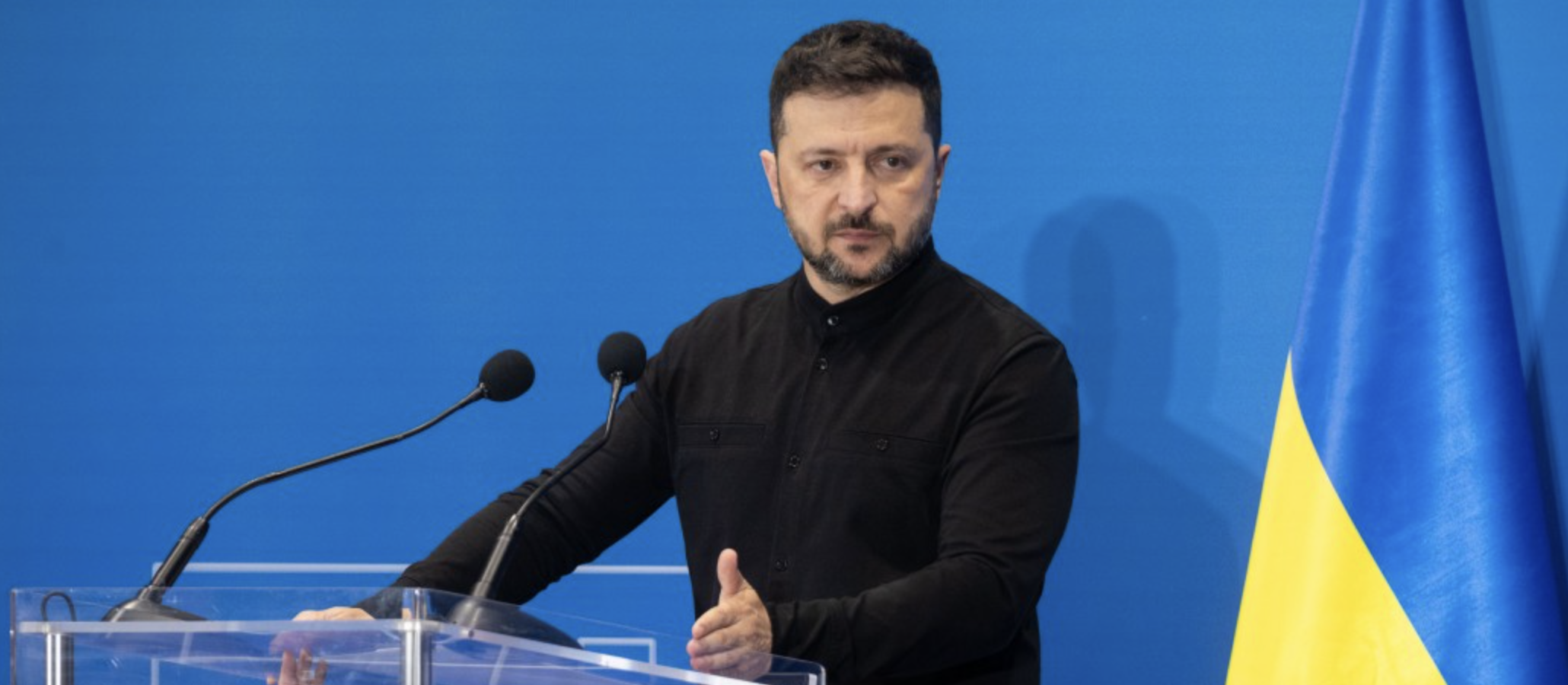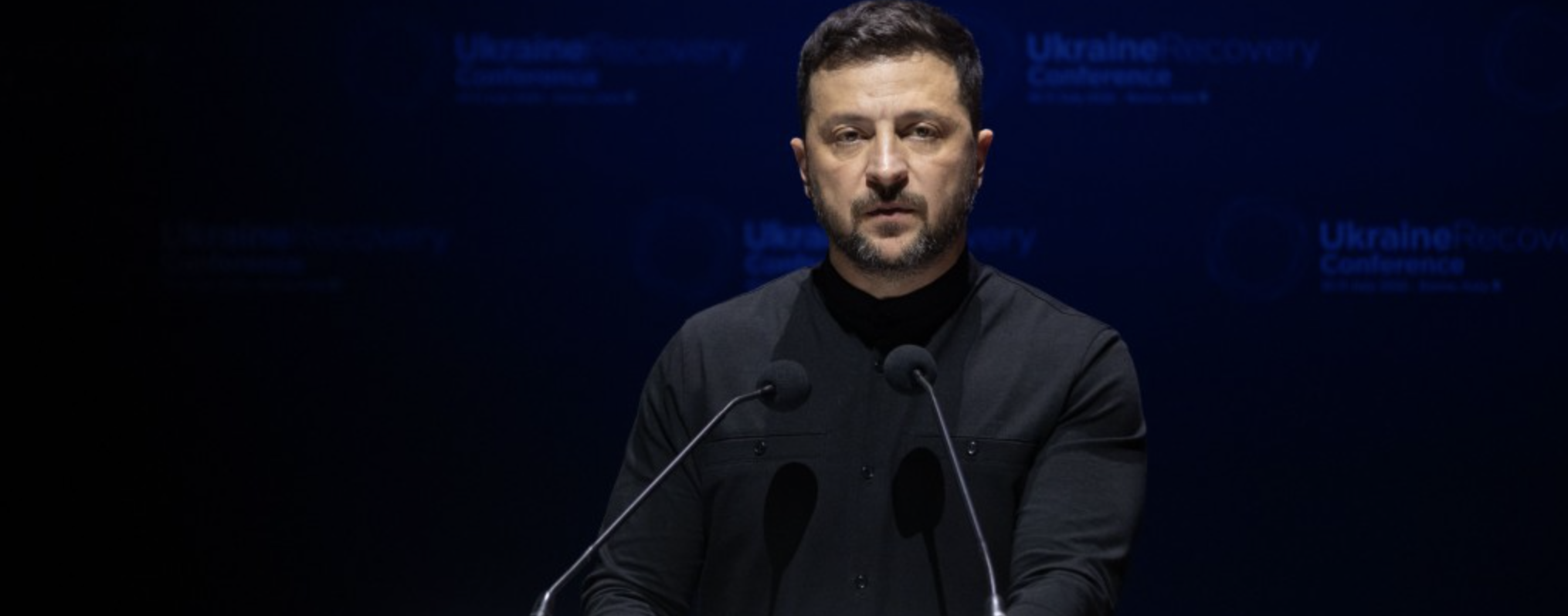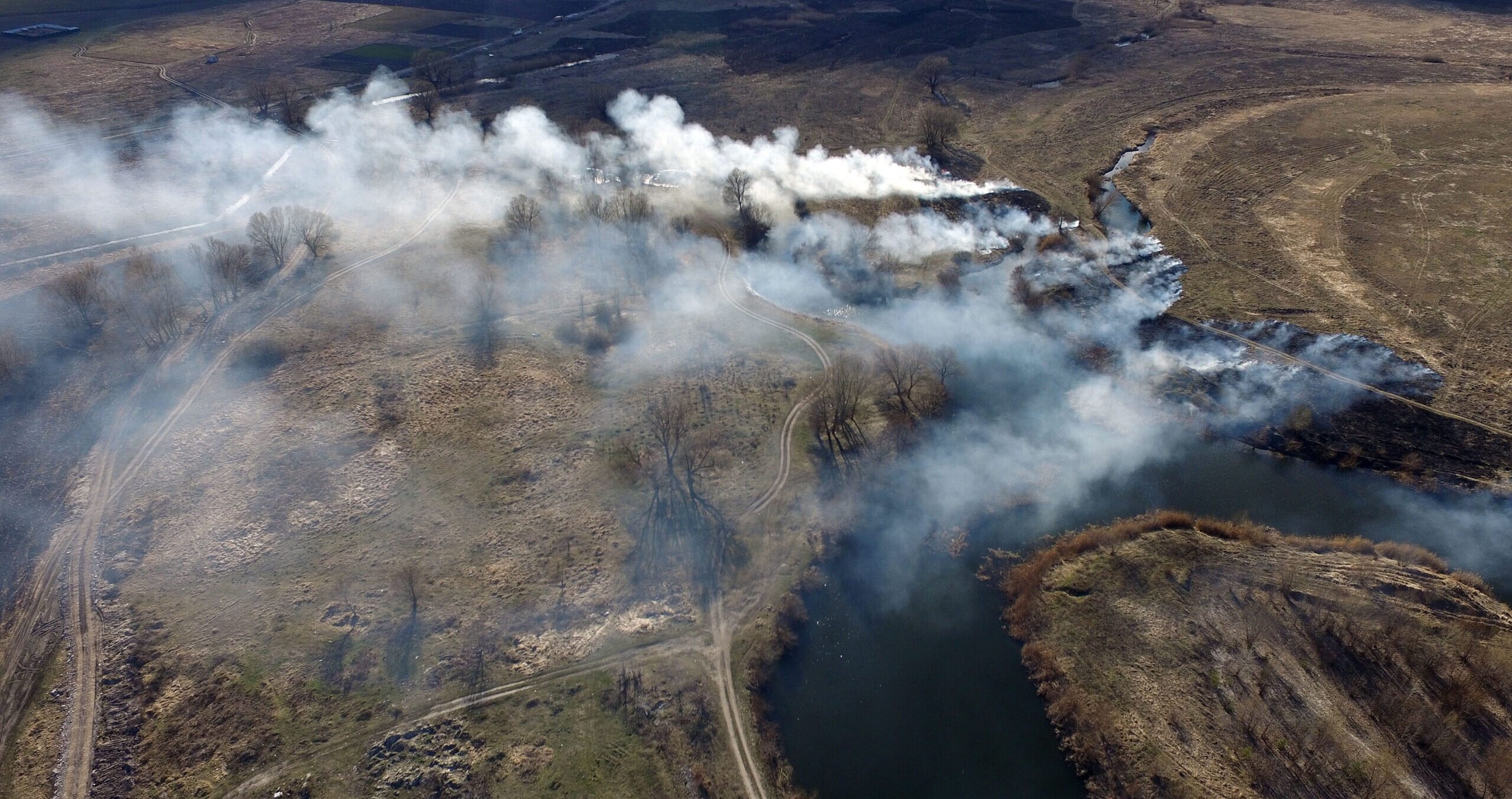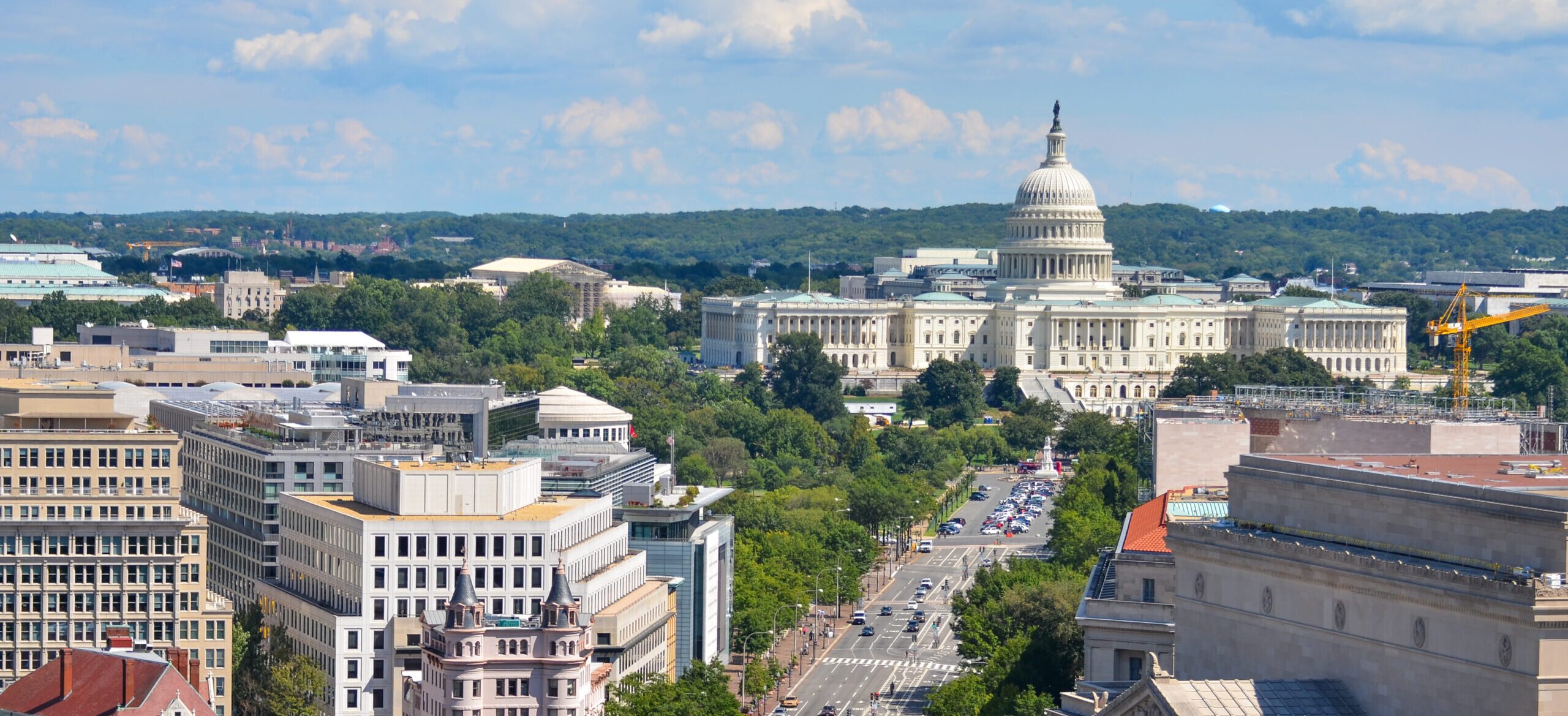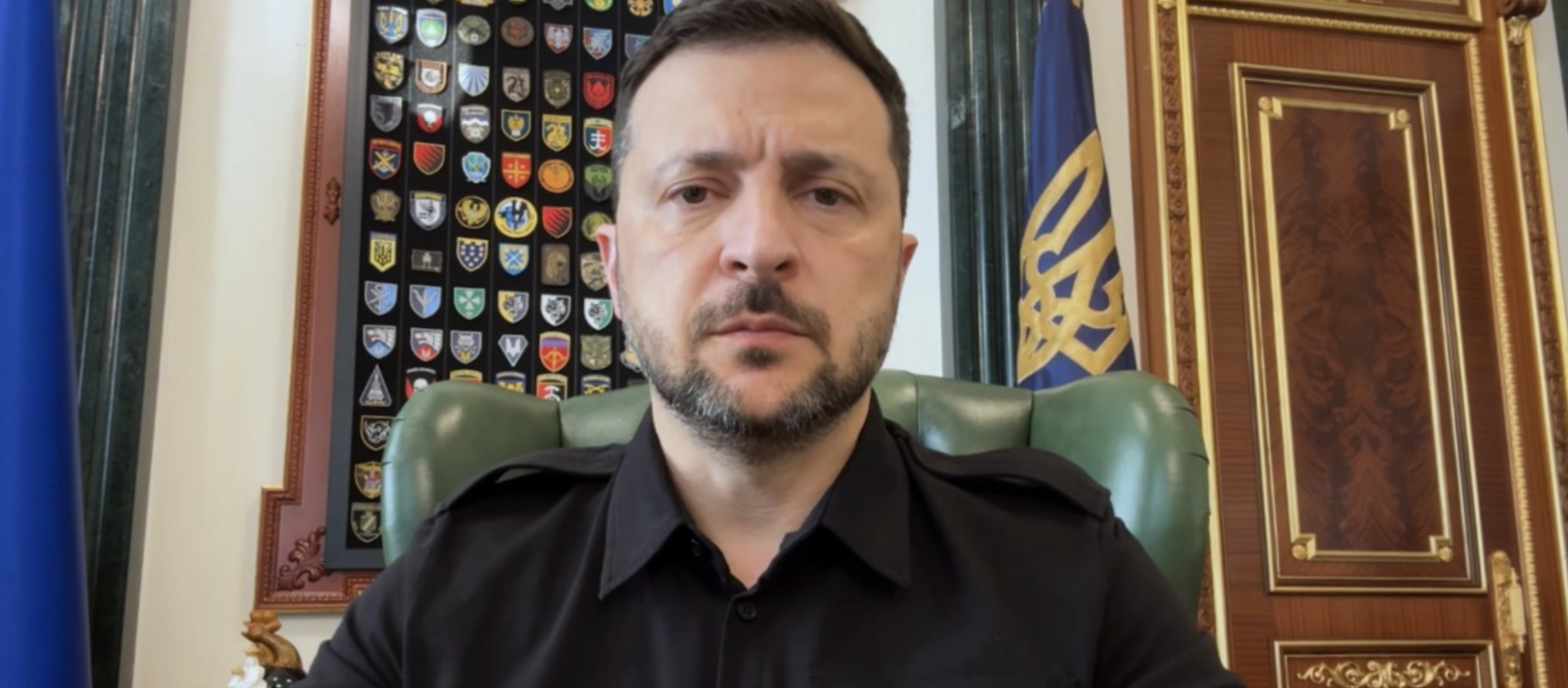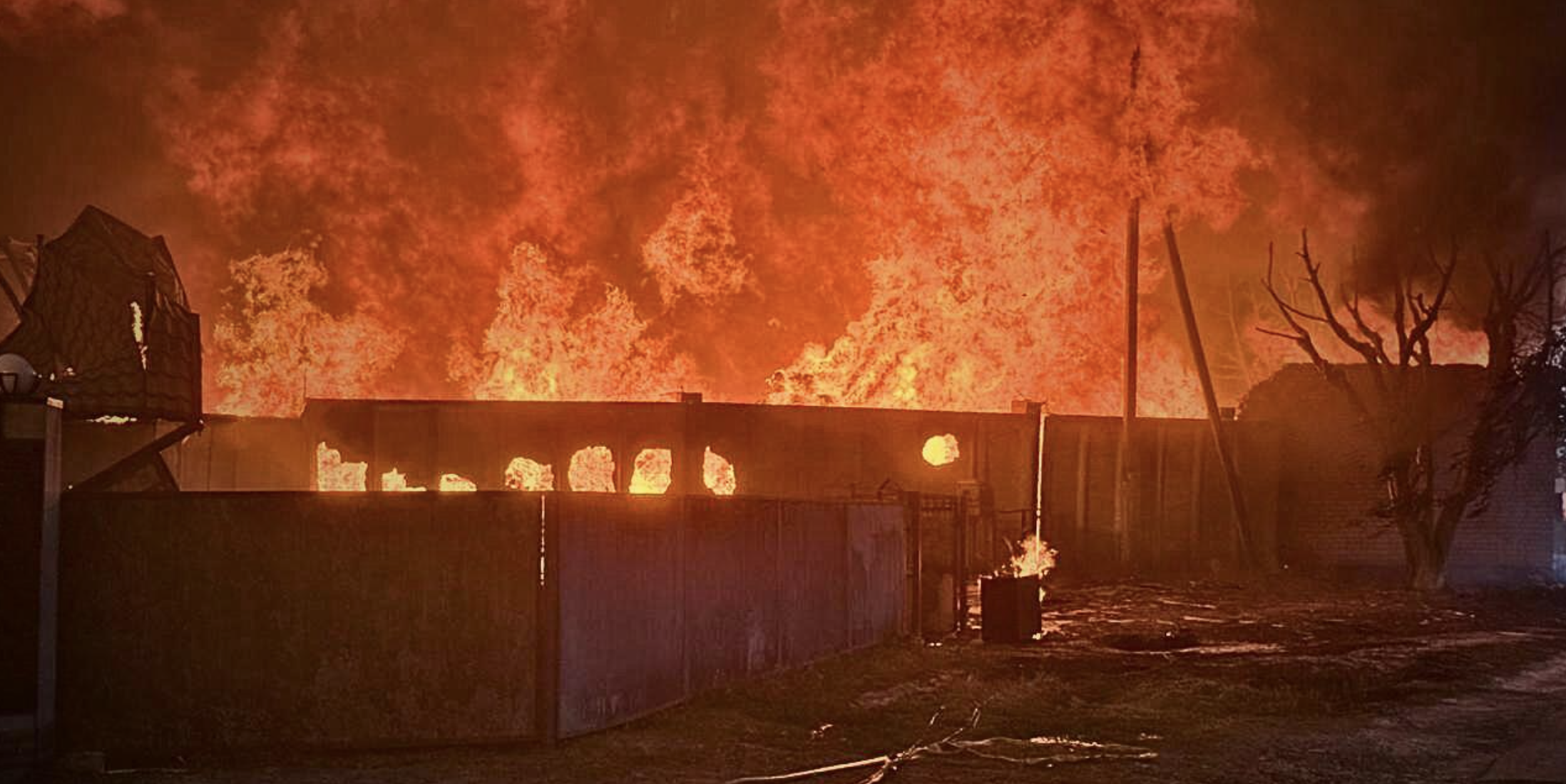
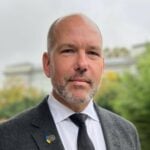
by Paul Grod
President of the Ukrainian World Congress
Source: The Kyiv Independent
This Saturday, people across Ukraine and around the world will light candles in memory of the millions of Ukrainians killed in an artificial famine engineered by the Stalin regime in the 1930s. Known to history as the Holodomor, this manmade famine remained hidden in the Soviet shadows for decades. In recent years, a growing number of countries have finally recognized the famine as an act of genocide against the Ukrainian nation, but despite this growing international awareness, many have yet to grasp the chilling continuity between Stalin’s attempt to erase Ukraine and the genocidal objectives of today’s Russian invasion. Indeed, Vladimir Putin is merely the latest in a long line of Russian rulers who have sought to extinguish Ukrainian national identity.
Ukraine’s struggle against Russian imperialism dates back over three hundred years. It is a tragic history marked by wave upon wave of subjugation, colonization, and russification. Tsarist efforts to suppress Ukrainian identity could not prevent the rise of a Ukrainian national consciousness or stop Ukrainians declaring independence amid the chaos that followed the 1917 Russian Revolution. After years of bitter fighting, the Bolsheviks were eventually able to crush Ukraine’s statehood bid and incorporate the country into the fledgling Soviet Union.
Despite this setback, the dream of an independent Ukraine lived on. By the time Stalin seized control of the USSR in the late 1920s, he had come to regard “the Ukrainian question” as an existential threat to his own authoritarian empire. His response was characteristically savage. In addition to the Holodomor famine, which modern scholars estimate killed many millions of Ukrainians, Stalin ordered the methodical extermination of Ukraine’s national leadership. This led to the mass murder of Ukrainian politicians, priests, academics, writers, artists, and anyone else deemed capable of leading resistance to the Soviet takeover. Raphael Lemkin, the man who first coined the term “genocide,” would later state that the Stalin regime’s campaign to destroy the Ukrainian nation was “the classic example of Soviet genocide.”
Stalin’s genocide ultimately failed, but Ukraine that emerged from the wreckage of the Soviet Union in 1991 was nevertheless a deeply traumatized and heavily russified nation that remained very much under the Kremlin’s informal influence. However, a national healing process was now finally underway. In the years following the fall of the USSR, millions of Ukrainians slowly began to discover their own history for the first time. This fueled demands for a broader rejection of the imperial past and an end to Moscow-centric historical narratives that obliged Ukrainians to honor their executioners. And so it was that like Stalin before him, Putin came to power at the turn of the millennium faced with a Ukrainian population intent on turning away from the legacy of the imperial past.
Throughout his reign, Putin has become increasingly obsessed with Ukraine. He has come to view Ukrainian independence as a symptom of Russia’s imperial decline symbolizing the historical injustice of the Soviet collapse. As the emerging generation of post-independence Ukrainians have consolidated their statehood and embraced a European identity, Putin’s attempts to reverse this process have become increasingly extreme.
Putin’s hardline policies have frequently backfired, strengthening Ukraine’s resolve to reject a Russian reunion. In 2004, his attempt to install a Kremlin puppet as president of Ukraine sparked the pro-democracy Orange Revolution. Ten years later, when millions of Ukrainians took to the streets once more in defense of their European choice, Putin responded by invading Crimea and eastern Ukraine. This, too, proved counterproductive, leading to an unprecedented decline in Russian influence throughout the 93% of Ukraine that remained beyond Kremlin control.
By the early 2020s, it was apparent that Putin was fast running out of options to prevent the eclipse of Russian dominance over Ukraine and the end of an era stretching back to the seventeenth century. This helps explain why the Russian dictator chose to unleash the largest European conflict since World War II.
The full-scale invasion of February 24, 2022, was in many ways an act of desperation that reflected mounting panic within the Kremlin over the looming loss of Ukraine. For Putin and many other members of the Russian elite, independent Ukraine’s historic turn toward Europe bought back painful memories of the Soviet retreat from Eastern Europe in the final years of the Cold War. While the fall of the Berlin Wall led to the disintegration of the USSR, many saw Ukraine’s departure from the Kremlin orbit as a potential catalyst for a new phase in Russia’s imperial retreat.
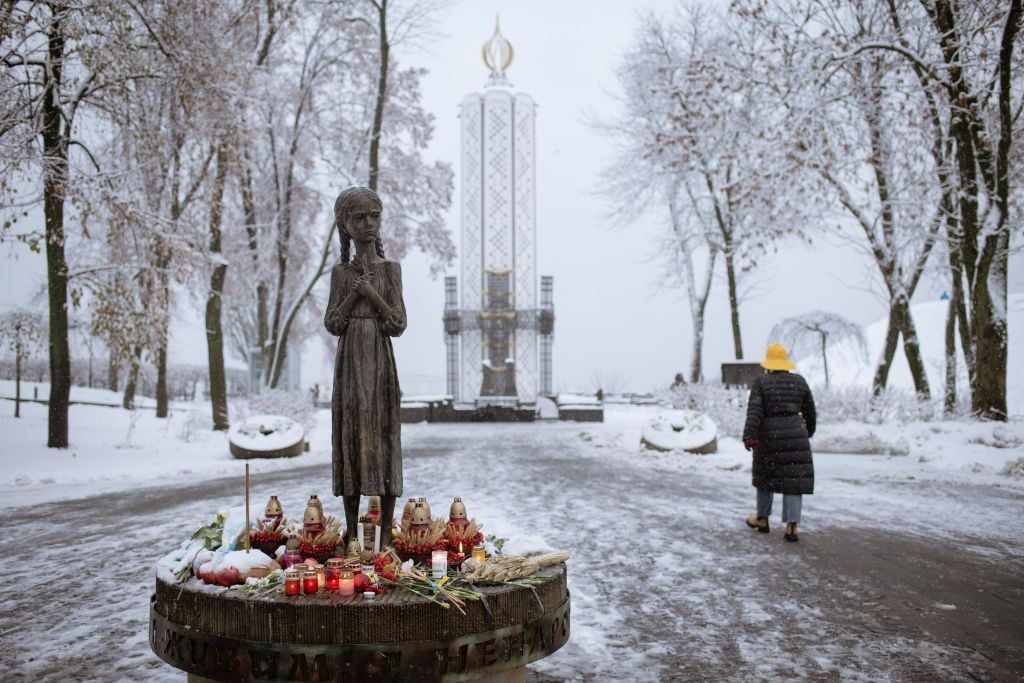
Photo: Andre Luis Alves / Anadolu Agency via Getty Images
Putin has long argued that Ukraine is historically illegitimate and is notorious for insisting Ukrainians are actually Russians (“one people”). Since the start of the full-scale invasion, his rhetoric toward Ukraine has become even more openly genocidal. Putin has declared entire Ukrainian provinces to be “historically Russian lands.” He has dismissed Ukraine as an artificial state that owes its existence to anti-Russian plots and Bolshevik blunders. In one particularly revealing episode in early 2023, he inspected a seventeenth century map of Eastern Europe before commenting: “No Ukraine ever existed in the history of mankind.”
Putin’s denial of Ukraine’s right to exist has set the tone for the entire Russian invasion. Like Stalin’s Soviet butchers almost a century earlier, Putin’s troops have systematically hunted down Ukrainian patriots and community leaders. In every region of Ukraine that has fallen under Russian occupation, the same pattern has emerged of mass arrests targeting local politicians, journalists, activists, and military veterans. Tens of thousands of Ukrainian civilians have been tortured or summarily executed. Millions more have been subjected to forced deportation, including large numbers of children who have been separated from their parents and exposed to anti-Ukrainian indoctrination. In areas under Kremlin control, the remaining population faces mounting pressure to accept Russian citizenship. Meanwhile, occupation administrations are methodically removing all symbols of Ukrainian statehood and traces of Ukrainian identity. The Russian army in Ukraine is arguably guilty of committing all five genocidal acts as defined by the UN’s 1948 Genocide Convention.
Those who are currently calling for a ceasefire in Ukraine must take the genocidal nature of Russia’s invasion into account. Putin has made it perfectly clear that he intends to wipe Ukraine off the map of Europe. He views Ukraine’s very existence as an intolerable threat to Russia itself and is prepared to pay almost any price to remove this threat by extinguishing Ukrainian statehood. His hardline stance is entirely in line with centuries of Russian imperial policy.
Over the past twenty months, Putin has demonstrated his willingness to sacrifice Russia’s international standing, along with the lives of hundreds of thousands of Russian soldiers, in pursuit of his messianic objectives. It is dangerously dishonest to suggest he can be appeased with the relatively small portion of Ukraine Russia currently occupies. In reality, Putin would use any pause in hostilities to rearm and regroup before launching the next stage of his criminal campaign to destroy Ukraine.
Ignoring this imperial agenda will not make it go away. Instead, it is time to acknowledge that today’s invasion is not a conventional war with limited political goals; it is an attempt to complete Stalin’s unfinished genocide of the Ukrainian nation, and it will not end until Russia is defeated.
Cover: Alexander Nemenov/AFP via Getty Images
